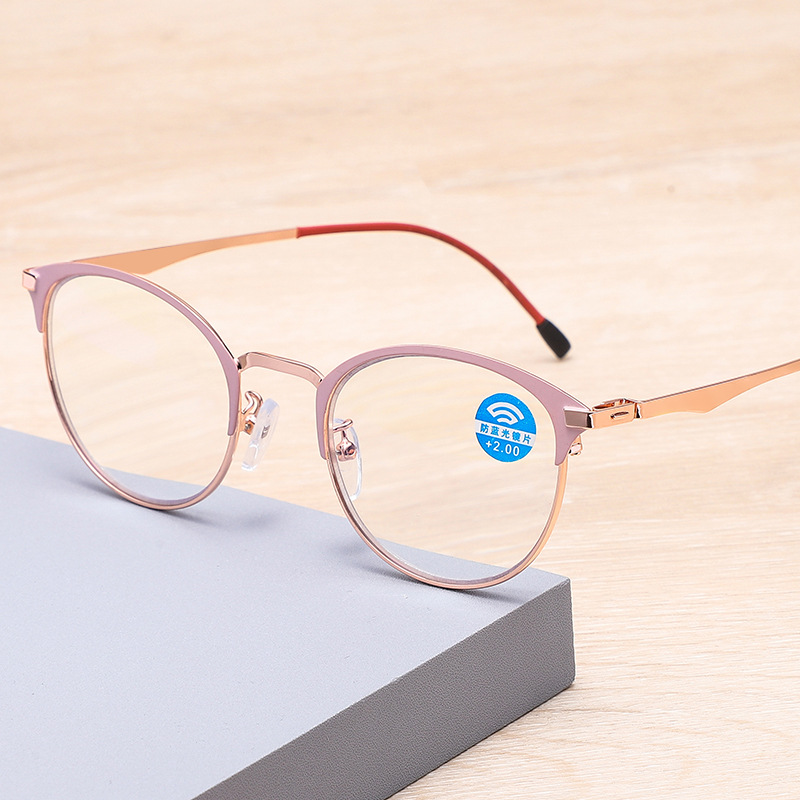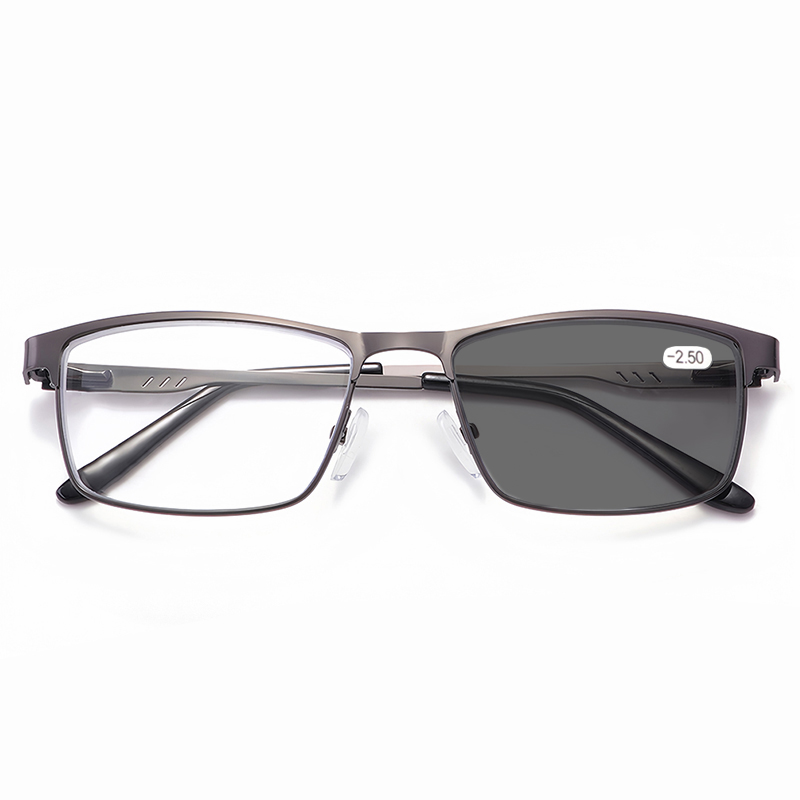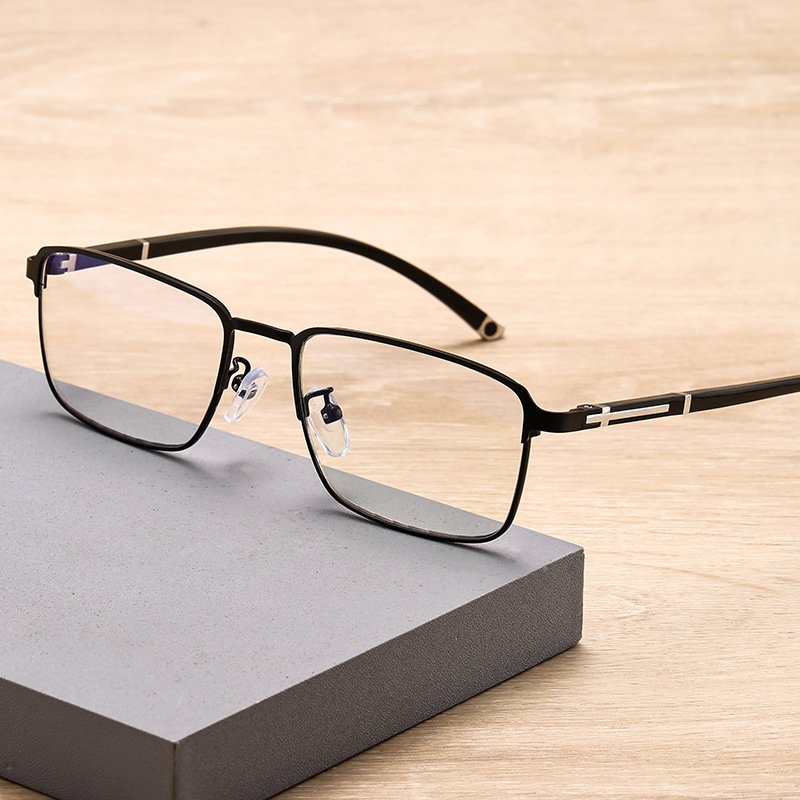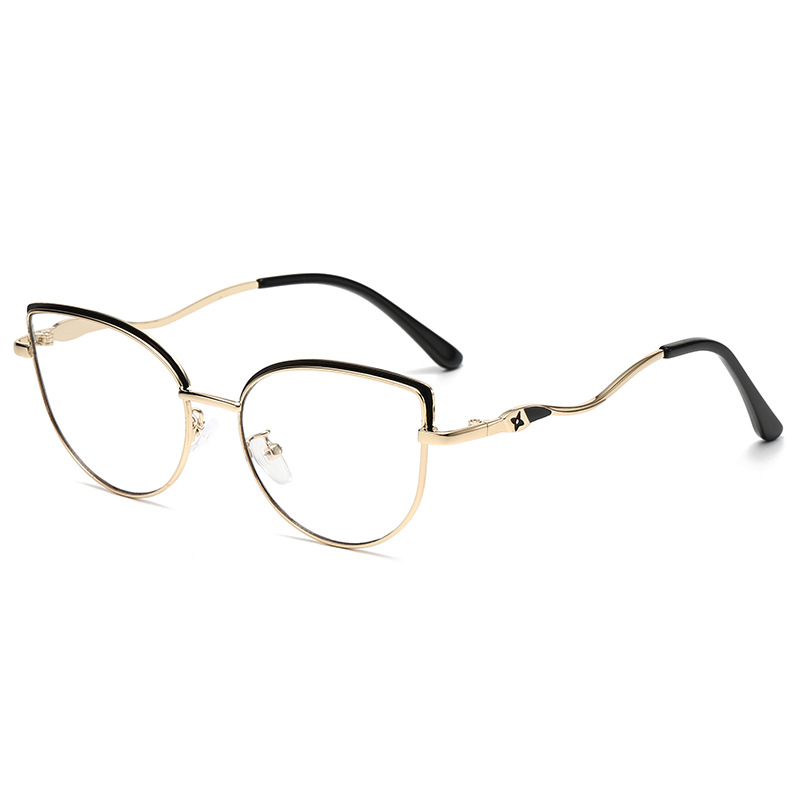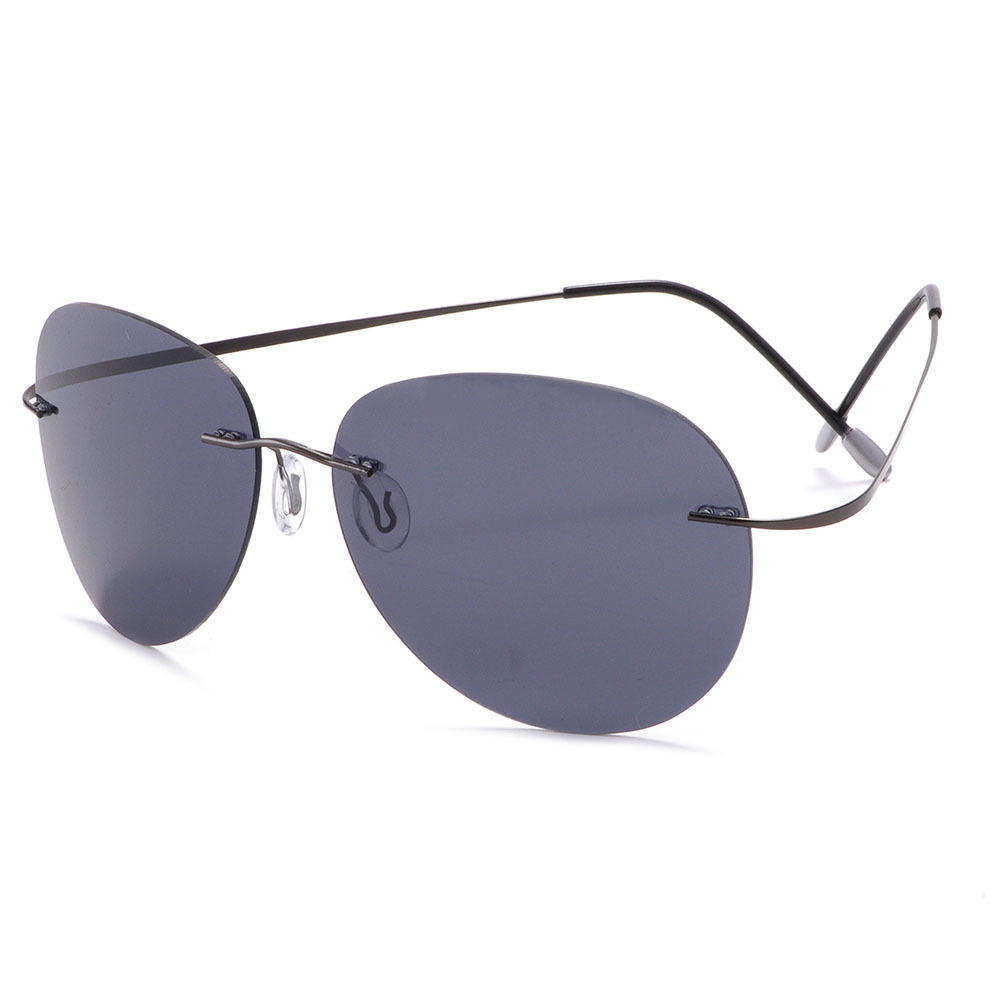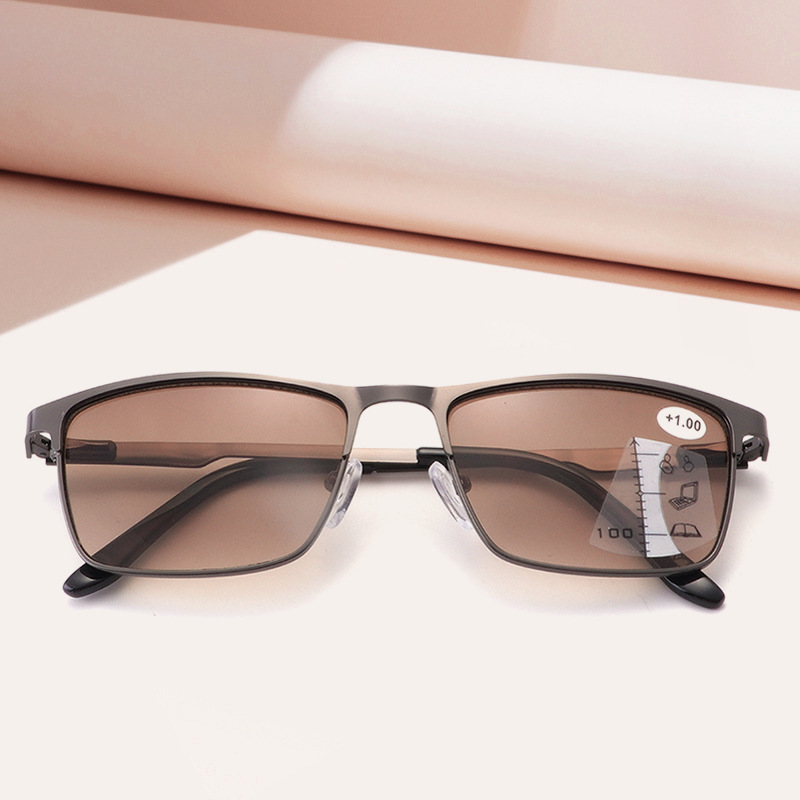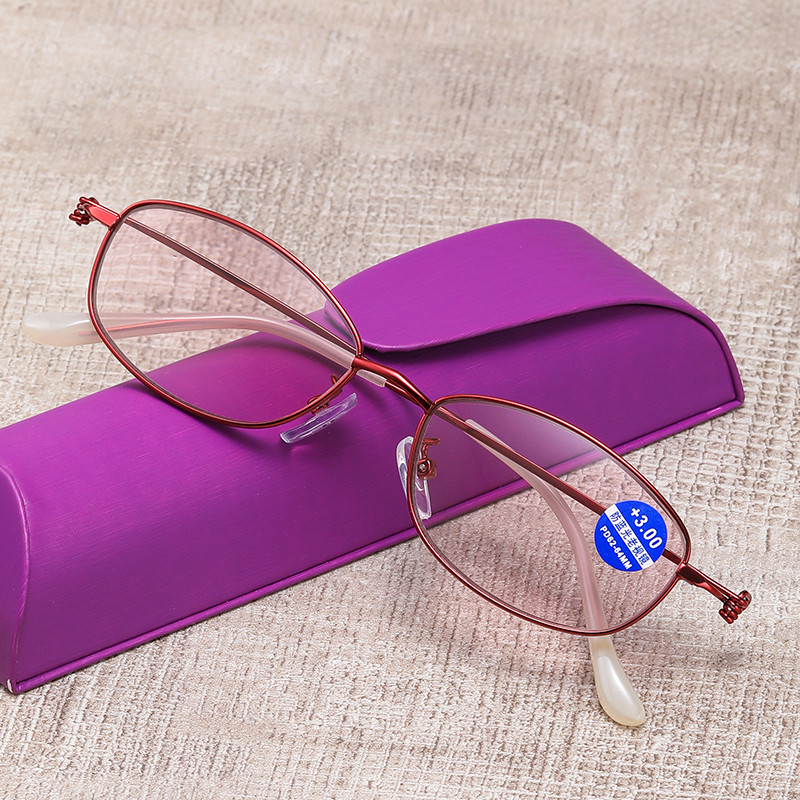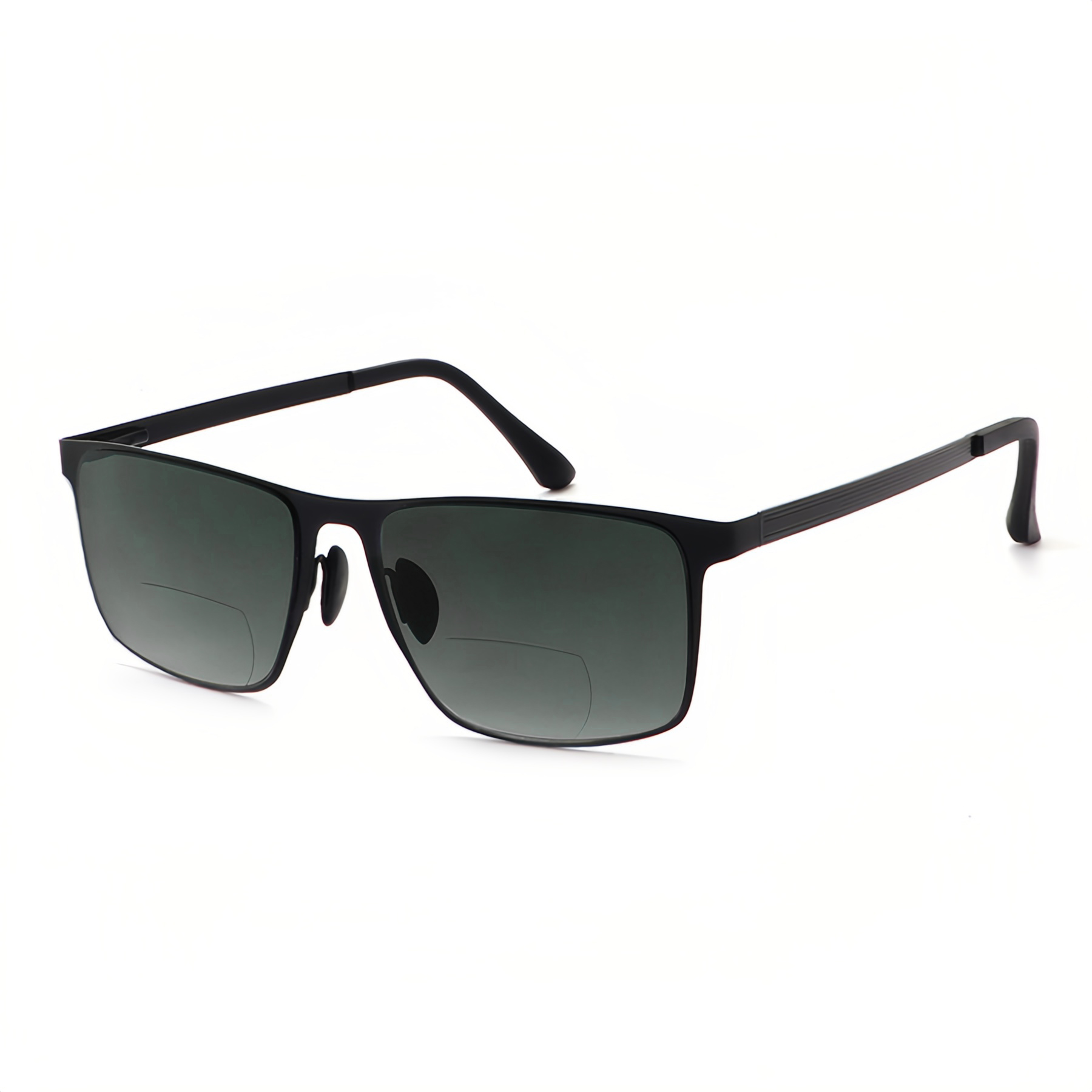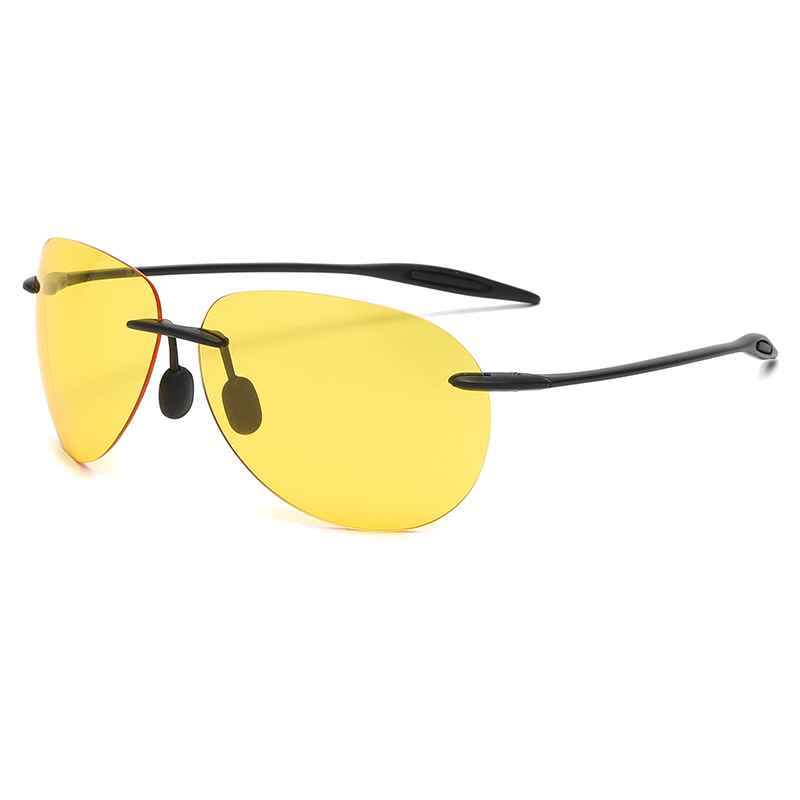What Does +1.0 Mean for Glasses?
2025-07-19
A Guide to Understanding Your Prescription
When you pick up a new pair of glasses, the numbers on your prescription can feel like a foreign language. Among the most common notations is “+1.0”, a figure that carries significant meaning for your vision. Let’s break down what this number represents and why it matters for your eye health.
First, it’s essential to understand the basics of eyeglass prescriptions. Optometrists use positive (+) and negative (-) signs to indicate different vision conditions. Negative numbers, such as -1.0, correct myopia (nearsightedness), a condition where distant objects appear blurry. In contrast, a +1.0 prescription is used to address hyperopia (farsightedness), meaning the eye struggles to focus on nearby objects.
So, what exactly does +1.0 signify? The number refers to the lens power measured in diopters (D), the unit used to quantify how much a lens bends light. A +1.0 lens is considered a low-strength correction. For context, prescriptions typically range from +0.25 (very mild) to +6.00 (severe) for hyperopia. Those with +1.0 may notice slight blurriness when reading books, using a phone, or doing close-up work like sewing, but they can usually see distant objects clearly.
How does a +1.0 lens work? The eye’s natural lens and cornea focus light onto the retina. In farsighted eyes, light focuses behind the retina instead of directly on it, causing close-up images to blur. A +1.0 lens bends light slightly inward, adjusting the focus so that light hits the retina correctly, sharpening near vision.
Who might need a +1.0 prescription? It’s common in adults over 40 as part of presbyopia, a natural age-related loss of near-focus ability. Younger people can also have hyperopia from birth, though their eyes may compensate for mild cases in childhood. Eye strain, headaches after reading, or squinting to see small print are common signs that a +1.0 correction could help.
It’s important to note that a +1.0 prescription is personalized. What works for one person may not suit another, even with the same number. Factors like astigmatism (an irregularly shaped cornea) or differences between the two eyes can require additional adjustments, such as adding a cylinder (CYL) or axis (AX) measurement to the prescription.
If you’ve been prescribed +1.0 glasses, adapting to them usually takes little time. Most people adjust within a few days, noticing reduced eye strain and clearer near vision. However, if you experience persistent dizziness or blurriness, consult your optometrist—your prescription may need fine-tuning.
In summary, +1.0 is a mild correction for farsightedness, designed to ease close-up vision struggles. It’s a reminder that even small adjustments can make a big difference in daily comfort. Whether you’re dealing with presbyopia or mild hyperopia, understanding this number helps you take better care of your eyes. Always consult an eye care professional for regular check-ups to ensure your prescription stays accurate as your vision changes over time.
